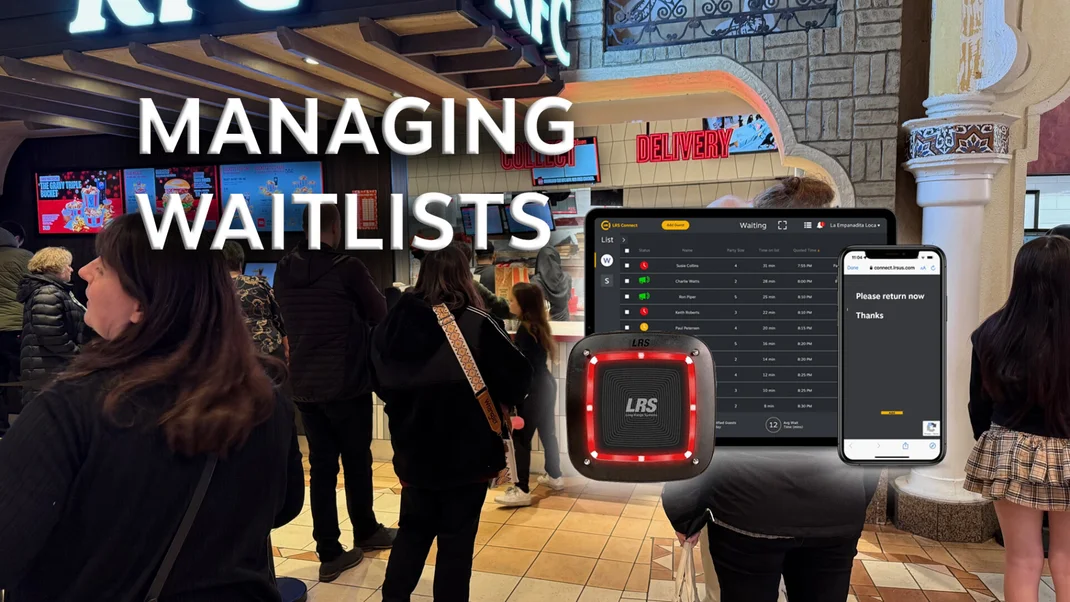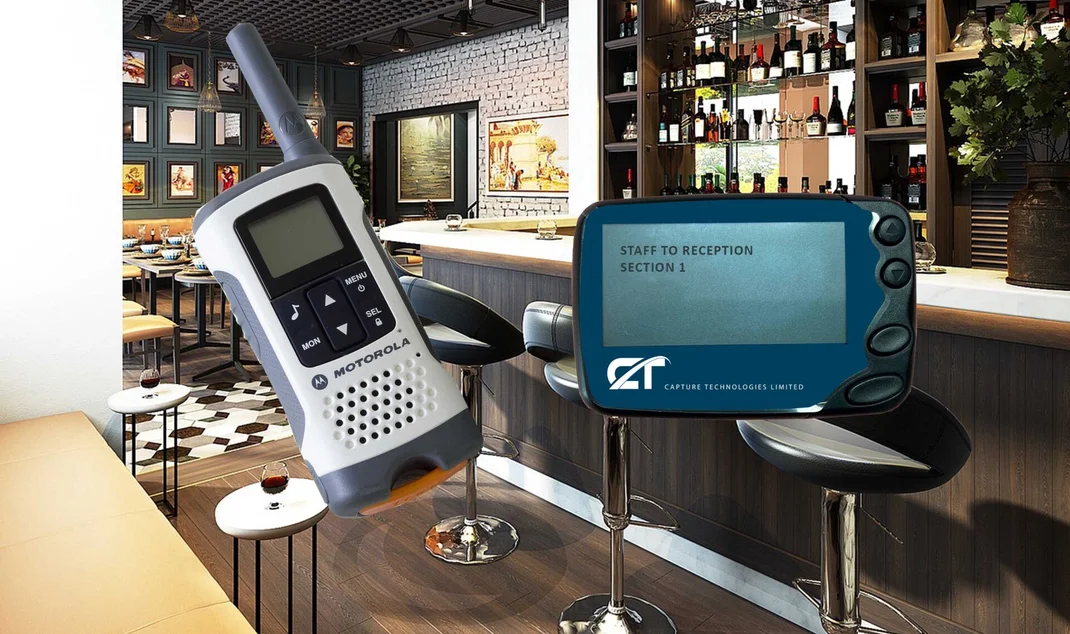Technology And Its Effects on the Over 55's in Restaurants
The restaurant industry is undergoing a technological revolution, but could there be challenges ahead? While many customers are tech-savvy, some may change their dining preferences based on technology-related concerns.
How Technology Could Lead to a Loss of High-Value Customers
Since 2007, the rise of restaurants and eateries has been remarkable, with dining out remaining a popular activity. However, a significant number of potential customers struggle with using technology, often through no fault of their own.
There is no doubt that technology can enhance the customer experience, yet a substantial proportion of diners are not proficient in using digital interfaces, which presents a challenge. Consider that the UK’s fast-food sector alone was worth £5.1 billion in 2017, contributing to an industry valued at over £14 billion. Even small percentages of potential customers avoiding technology-based services can lead to considerable revenue losses.
While 56% of UK consumers aged 45-64 utilise technology in restaurants, this still leaves 44% who do not. In the US, around 65% of customers over the age of 55 prefer to be served by waiting staff, highlighting a clear preference for traditional service over digital interactions.
Thoughtful Implementation of Technology is Essential
Careful consideration is needed when integrating technology into the customer experience to ensure that it does not alienate a significant portion of patrons. Ignoring up to 44% of customers due to inadequate technology design is unwise. Notably, the National Restaurant Association has reported that ‘baby boomers’ rank loyalty and rewards programmes as their most valued feature, making it crucial to integrate such systems into restaurant technology solutions.
Government statistics indicate that liquid wealth in the UK is at its highest among individuals aged 55-64. Therefore, it is imperative that technology is designed to be accessible, preventing any barriers to engagement from this affluent demographic.
Mobile Ordering and the Over-55s
While mobile ordering solutions are well-suited to younger generations, many people over 55 face daily struggles with smartphones. Deloitte reports a significant increase in smartphone adoption among those over 55, with a 71% rise between 2012 and 2017. However, this does not necessarily translate into app usage. In fact, Deloitte estimates that at least one in four smartphone users aged 55+ has never downloaded an app. This suggests that technology-related issues in restaurants remain a major concern, yet they are often overlooked by developers and restaurant operators alike.
A recent survey by Greenlight revealed that consumers over 55 spend over £14 billion annually through online shopping and represent the fastest-growing demographic in this sector. However, this group is frequently ignored by retailers and restaurant technology developers. Additionally, the same survey found that spending decreases among those aged 65+, emphasising the importance of targeting the 55-64 demographic effectively.
Technology Beyond Customer-Facing Interfaces
Technology in restaurants is not solely about front-of-house interactions. Back-of-house innovations, such as staff tracking systems, can provide valuable data on staff performance, leading to improved service and cost efficiencies.
Payment Methods and Customer Retention
For customers aged 55-64, payment methods can also present challenges. While many modern payment solutions involve mobile payments, server tablets, kiosks, and apps, it is important to consider the impact these technologies have on customer retention. If the target demographic finds these systems cumbersome, they may choose to dine elsewhere.
Over time, younger generations will become more adept with technology, but in the interim, ignoring the 55-64 age range could be detrimental for restaurants that rely on this customer base.
Accessible Technology for Older Customers
Fortunately, there are technologies that cater to the 55-64 demographic without requiring complex user interactions. For example, the Table Tracker system by LRS of Dallas, Texas, allows customers to simply place a ‘puck’ on their chosen table, enabling seamless service without the need for digital literacy. Research suggests that older customers appreciate excellent service, reinforcing the need for solutions that enhance rather than hinder their experience.
Key Questions for Restaurant Operators
To ensure that technology is implemented effectively, restaurant operators should consider the following:
-
Are you limiting your customer base to millennials?
-
How does customer experience technology impact the 55-64 demographic?
-
Are you comfortable with potentially alienating the highest disposable income sector (55+) due to technology concerns?
-
Have you evaluated how customer-facing technology affects your sales?
-
Are you planning further assessments of the technology products currently in use?
-
Have you reviewed existing customer-facing technology to ensure it accommodates the 55+ demographic?
-
Have you considered the 55+ customer base before committing to technologies that might be too complex for them?
Conclusion
Ensuring that all adults, regardless of age, are included in the technological advancements of the restaurant industry is crucial for business success. A balanced approach to innovation—one that enhances customer experience without excluding key demographics—will ultimately lead to increased customer satisfaction and sustained revenue growth.
Visit the Long Range Systems UK Ltd website for more information on Technology And Its Effects on the Over 55's in Restaurants






